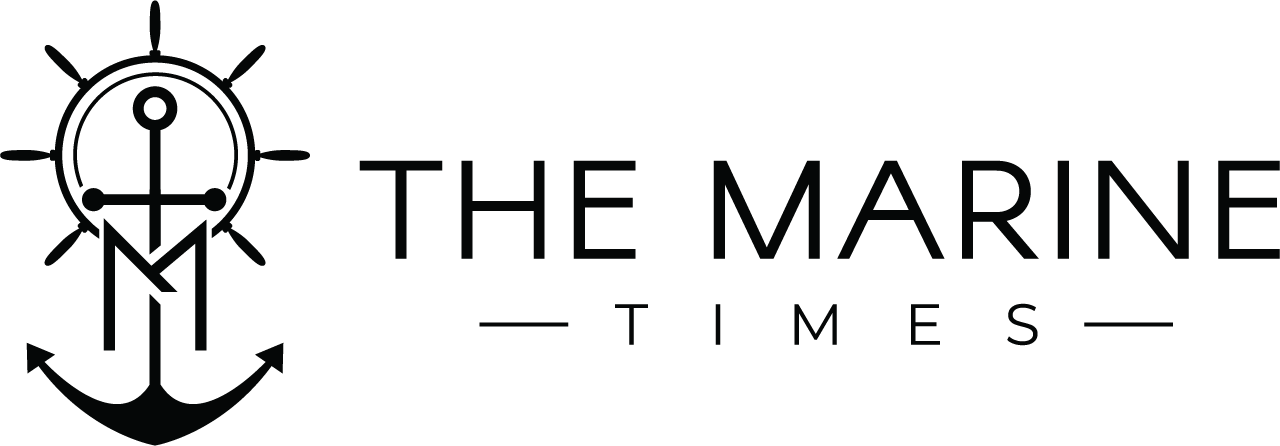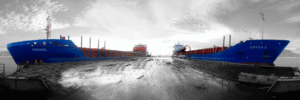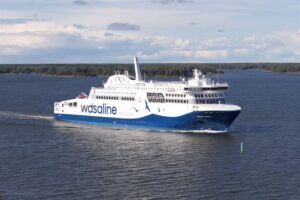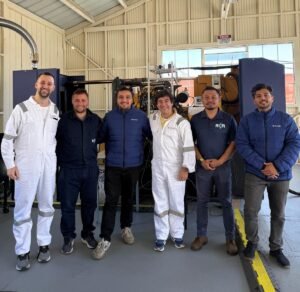Nearly 50% of all ship tonnage ordered last year was alternative-fuel capable, according to a new report from Accelleron.
The figure reflects shipowners’ readiness to move towards decarbonisation, yet the low-carbon fuels required to power these vessels remain largely absent at scale.
The report warns that despite heavy investment in dual-fuel ships, global production of carbon-neutral fuels such as e-methanol and e-ammonia is far from meeting demand.
Current projects in the pipeline amount to around 38 million tonnes of green hydrogen, supported by less than $320 billion in investment. To reach net zero, shipping alone will need 100-150 million tonnes annually by 2050 — requiring as much as 5,800 gigawatts of renewable power, nearly a decade’s worth of today’s global capacity.
“The ships are ready. The fuels are missing,” the study states, identifying this mismatch as the greatest barrier to achieving the International Maritime Organisation’s 2050 net-zero goal. Maritime emissions hit 974 million tonnes in 2024, their highest level on record, even as alternative-fuel orders surged.
The scale of the challenge is stark.
Full decarbonisation would demand 803 million tonnes of green methanol or 859 million tonnes of green ammonia annually — far beyond today’s global output
Accelleron argues that shipping cannot secure these fuels alone.
With aviation, steel, chemicals and agriculture also competing for the same supply, only cross-sector demand aggregation can unlock the trillions of dollars in investment required to bring scalable fuels online.








